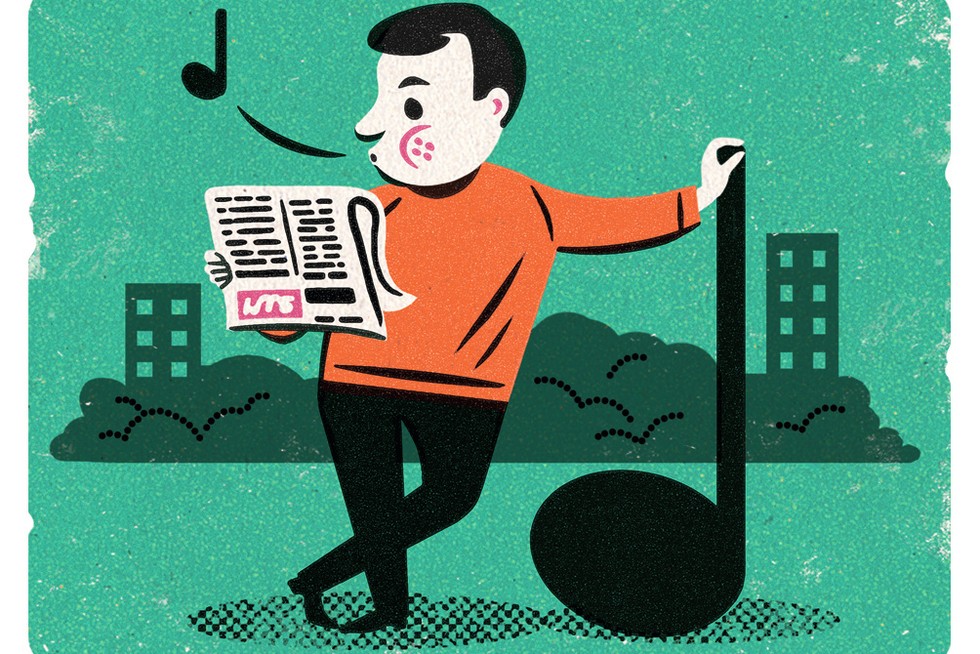What is an... Apoggiatura?
Know what an apoggiatura is in music? Stephen Johnson explains

An apoggiatura is a grace note, which is a type of musical ornament. It is a 'leaning' note, which takes half or more of the duration of the following note. They often take place on the beat, rather than just before.
‘Sexual intercourse began in 1963,’ wrote Philip Larkin ruefully, ‘Between the end of the Chatterley ban, And the Beatles’ first LP.’ Beside those epochal events you might think that the rediscovery of the acciaccatura and the appoggiatura were pretty low down on the culture shock scale.
Not in my house. My father had learned his Handel Messiah in the days when what was written on the page was the music. The very idea of doing anything extra with it: adding embellishments, or even just bending the rhythms... Great Heavens, it was tantamount to jazz!
In fact, the early 1960s marked the beginning of a cultural revolution in classical music: the Period Performance Movement. Among other things, this brought the realisation that the way baroque composers expected their music to be performed was, in many ways, quite a lot like jazz. Take the matter of ‘grace notes’.
When a contemporary observed that Purcell sang his own music ‘with many graces’, he didn’t mean that he sang it with supreme elegance, rather that he was lavish with ornamentation.
Then dawned another, still more terrible realisation: this might even apply to Mozart! The way people performed Mozart’s recitatives began to change.
Endings of phrases that used simply to drop down onto the home note, solidly on the beat, now came with a lingered-out ‘dying fall’, a sighing downward step.
The appoggiatura
This was the appoggiatura – literally a ‘leaning’ note. Musically one didn’t just throw oneself down, one lowered oneself slowly, relishing the sense of taking the weight off one’s feet.
One also had to learn to distinguish between different kinds of written grace notes (the ones in tiny print before the main note). Previous practice had been to snatch them out of the way as quickly as possible, or just ignore them.
Now we had to differentiate between those that were meant to be played as quickly as possible, ahead of the beat (acciaccature), and those that signified a languorous ‘leaning’ (appoggiature). A line through the stem of the note meant acciaccatura; without a line, appoggiatura.
How to remember which is which? The ‘cciacc’ of ‘acciaccatura’ is pronounced like ‘catch’ – and the effect is like a catch in the voice; conversely the ‘ppoggi’ part of appoggiatura might suggest a ‘podgy’ human form lowering itself into an armchair.
Either way, today Handel – and Mozart – would sound bare without them.
Authors

Stephen Johnson is a critic and writer for BBC Music Magazine, with work also published in The Independent, The Guardian and Gramophone. He is a regular contributor on BBC Radio 3, 4 and the World Service, and has presented programmes and documentaries on Bruckner, Shostakovich and Vaughan Williams.




